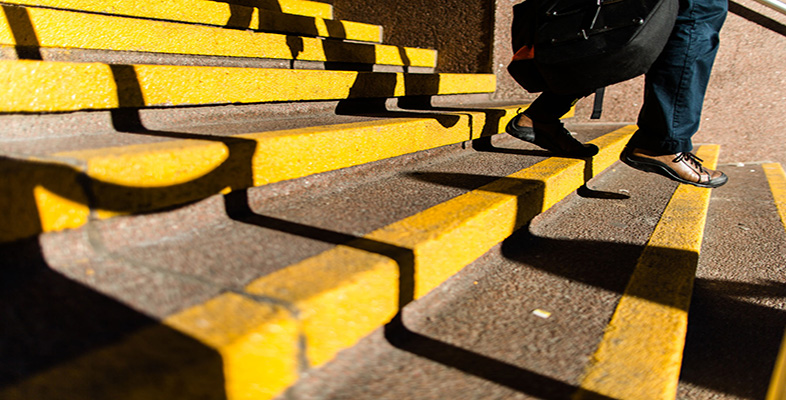3 Saving water
You have just considered the daily domestic water use per person in the UK. The numbers given in Table 1 are estimates for the whole population, averaged over the year. There are three ways of calculating an average, but the most common is calculated by adding quantities together and then dividing the total by the number of quantities there are; this type of average is known as the mean. An example of the mean can be seen in the water calculator quiz. The total amount of water used per week for different purposes is divided by the number of days in the week and also by the number of people in the household. Where the exact amount of water used is known, the resulting number is the average (mean). Where the exact of water is not known or guessed at, then resulting number is an estimate or estimated average (mean).
Clearly, there will be seasonal variations in domestic water use and when droughts lead to water shortages there can be dramatic changes to the levels and patterns of water use. You’ll now look at some of the savings that could be made in water consumption to cope with drought conditions or to reduce water bills that are based on the amount of water supplied.
Activity _unit8.3.1 Activity 5 Reducing water consumption
In a serious drought, or if you wished to reduce your water bills, how would your household be likely to reduce its water consumption? Take a few minutes to think about this and jot your answers into your notebook.
Last week you saw that technology could include tools and gadgets. Looking at the list of what you intend to do to save water, identify those which are forms of technology. You might want to look at the advice at the bottom of the report produced by the water/energy calculator for some ideas.
Discussion
Here is a list of different ways of saving water, divided into technological and non-technological methods. Of course, it could be argued that buckets and watering cans are also a form of technology but the focus here is on technologies which have been specifically designed to save water.
| Non-technological ways of saving water | Technological ways of saving water |
|---|---|
Wash the car with a bucket rather than a hose Water the garden with a watering can Flush the toilet less often (If it’s yellow let it mellow, if it’s brown flush it down!) Have a shower rather than a bath Fully load the washing machine/dishwasher |
A or A* rated washing machine Dual flush mechanism on toilet Toilet displacement device Trigger operated spray gun for your hose Shower timer |
To illustrate the savings that might be made, consider the strategy adopted by a hypothetical household, the Browns. They agree to reduce their normal pattern of water use by:
- not using any water outside
- reducing water use for baths and showers to two-thirds of normal
- putting a 1-litre ‘save-a-flush’ bag in their 10-litre flush cistern. (This sealed bag contains a couple of tablespoons of grains of super absorbent polymer and silica sand. The bag allows water through and the grains swell up with water from the cistern expanding the bag to a volume of 1 litre and reducing the flushing volume to 9 litres.)
| Use of water | Volume/litres |
| flushing toilets | 120 |
| bath and shower | 96 |
| washing machine | 54 |
| dishwashing | 24 |
| outside use (e.g. garden, car washing) | 20 |
| miscellaneous (including, drinking, cooking, cleaning) | 86 |
| Total | 400 |
